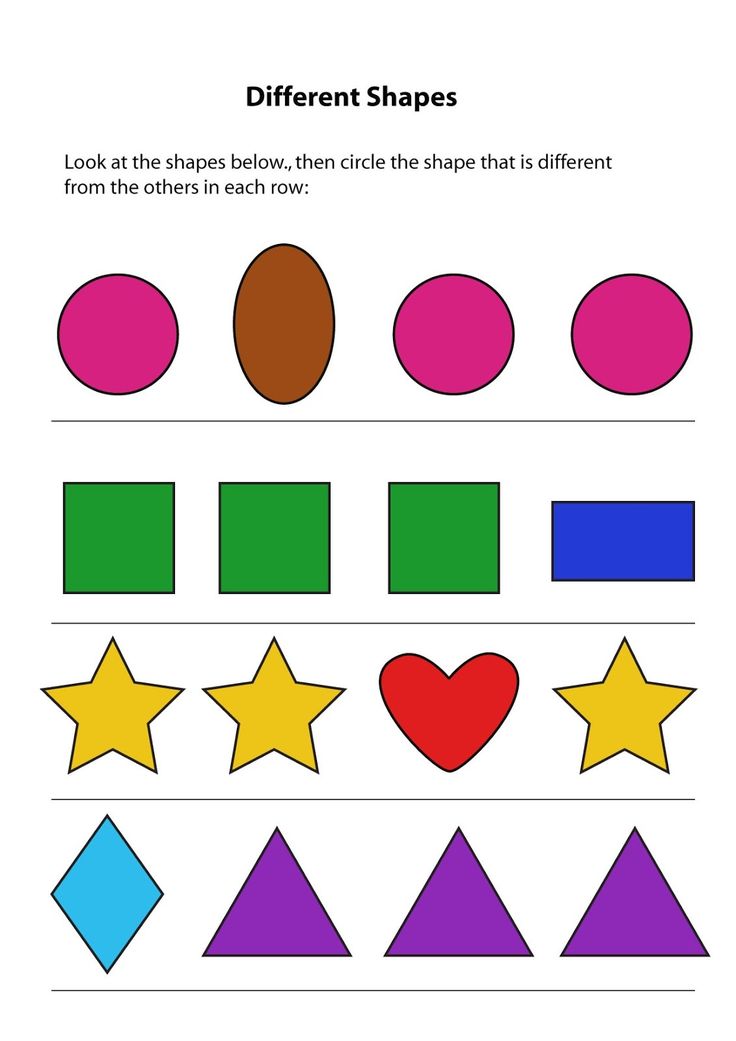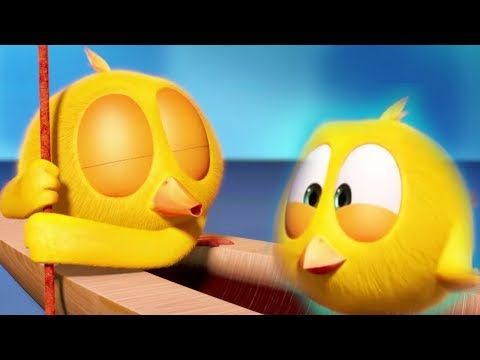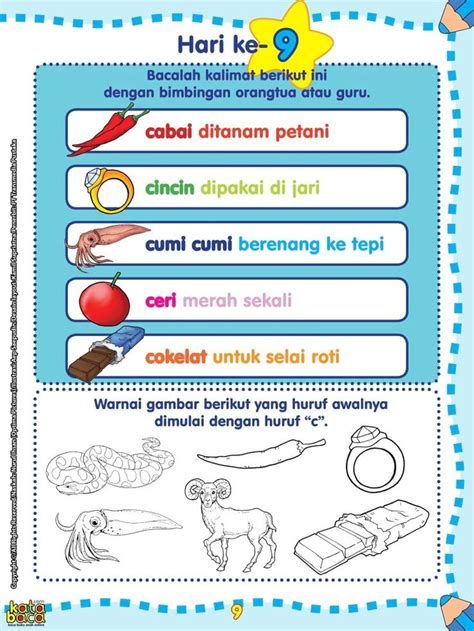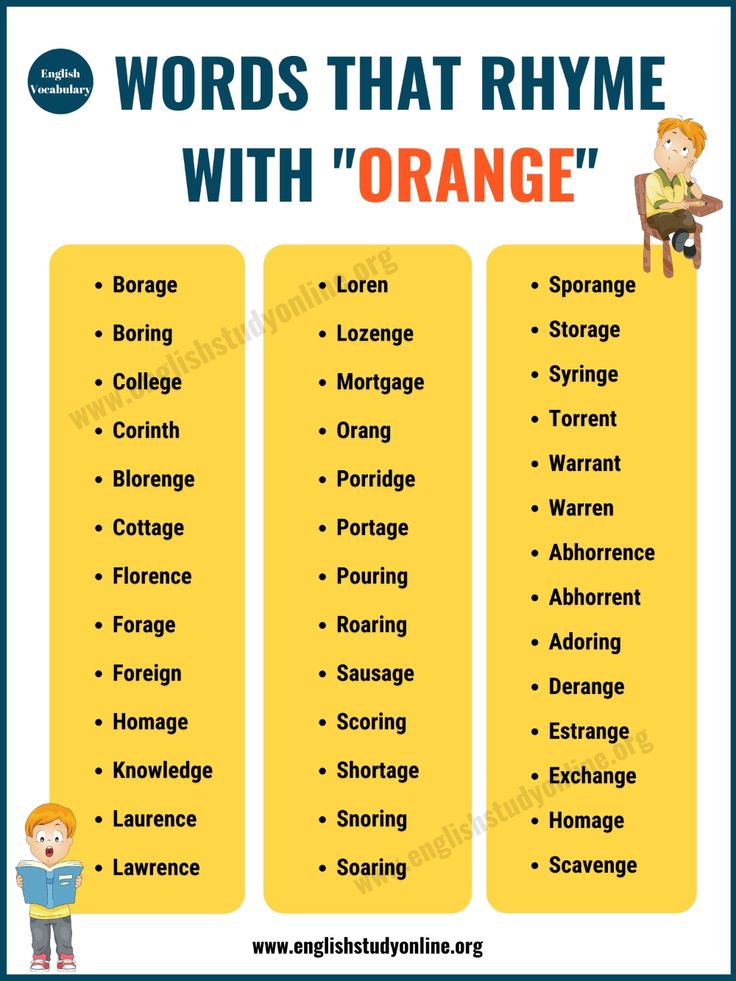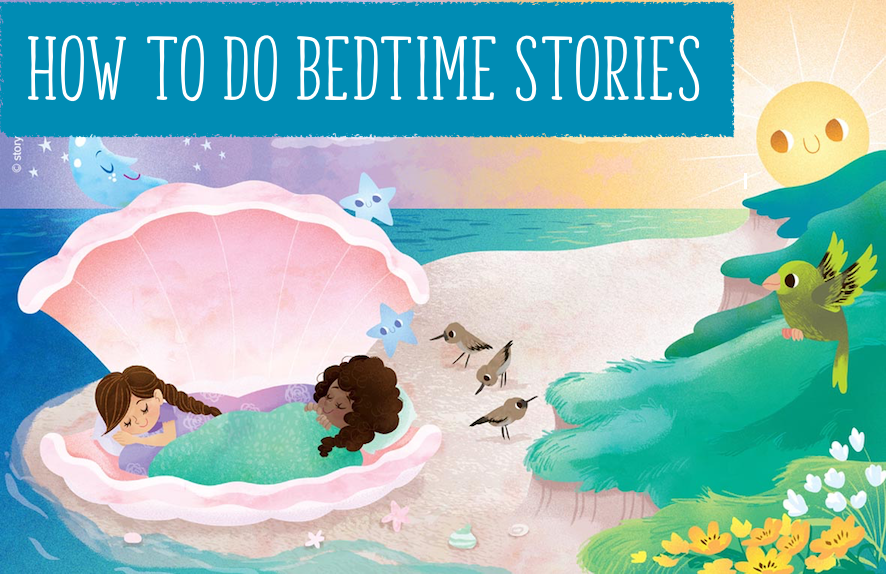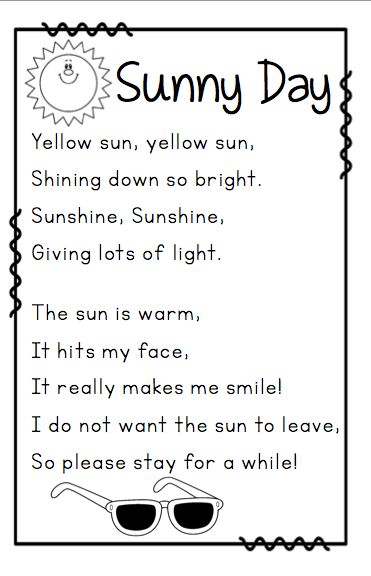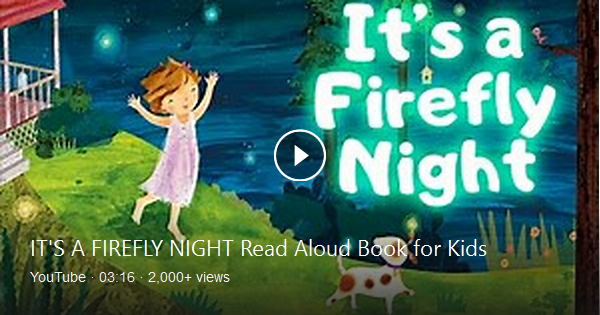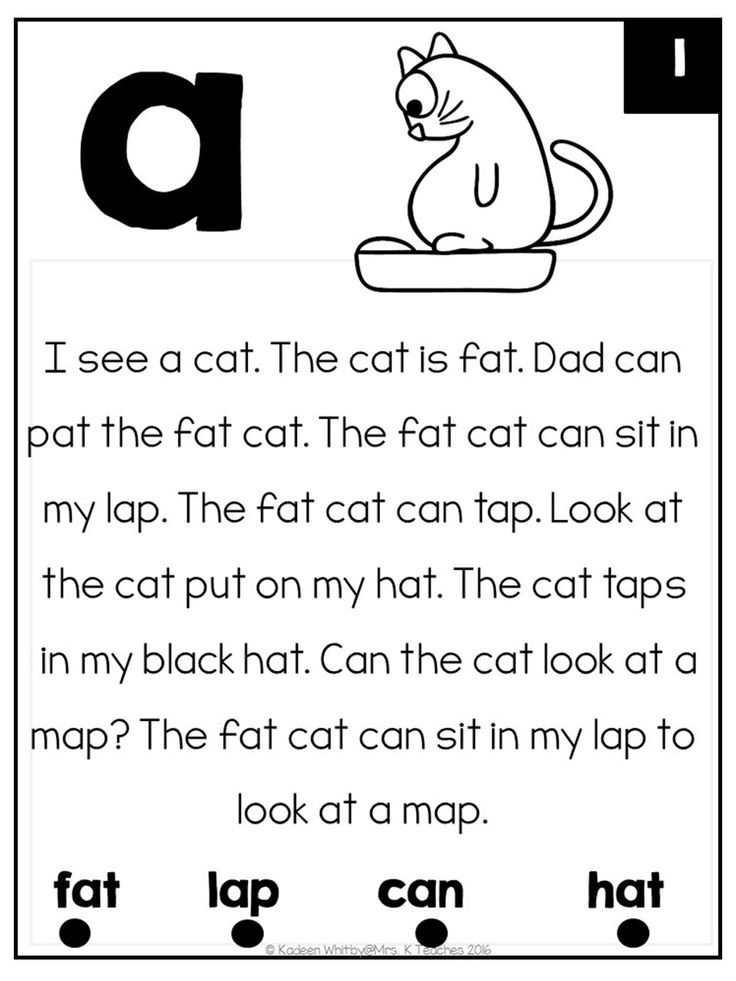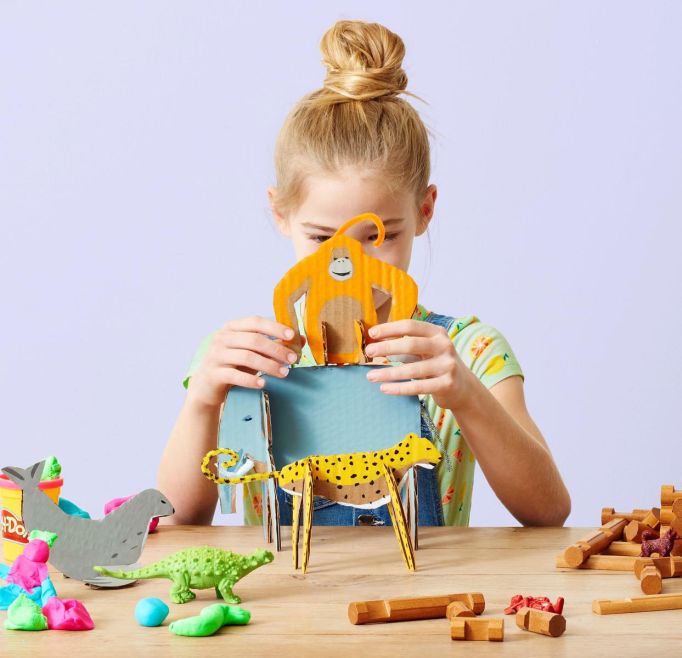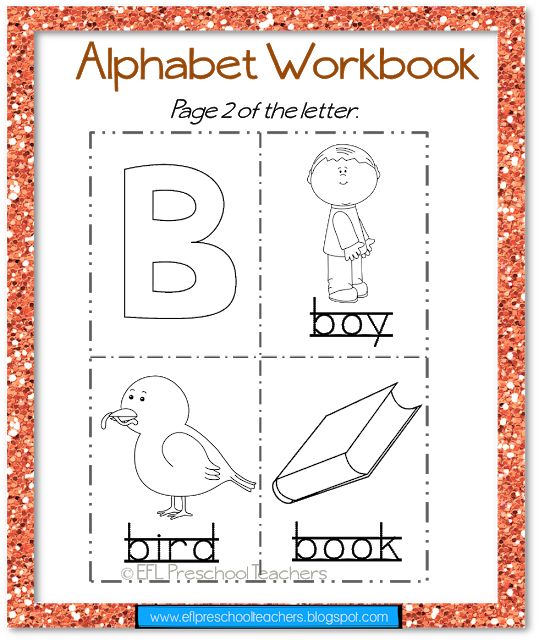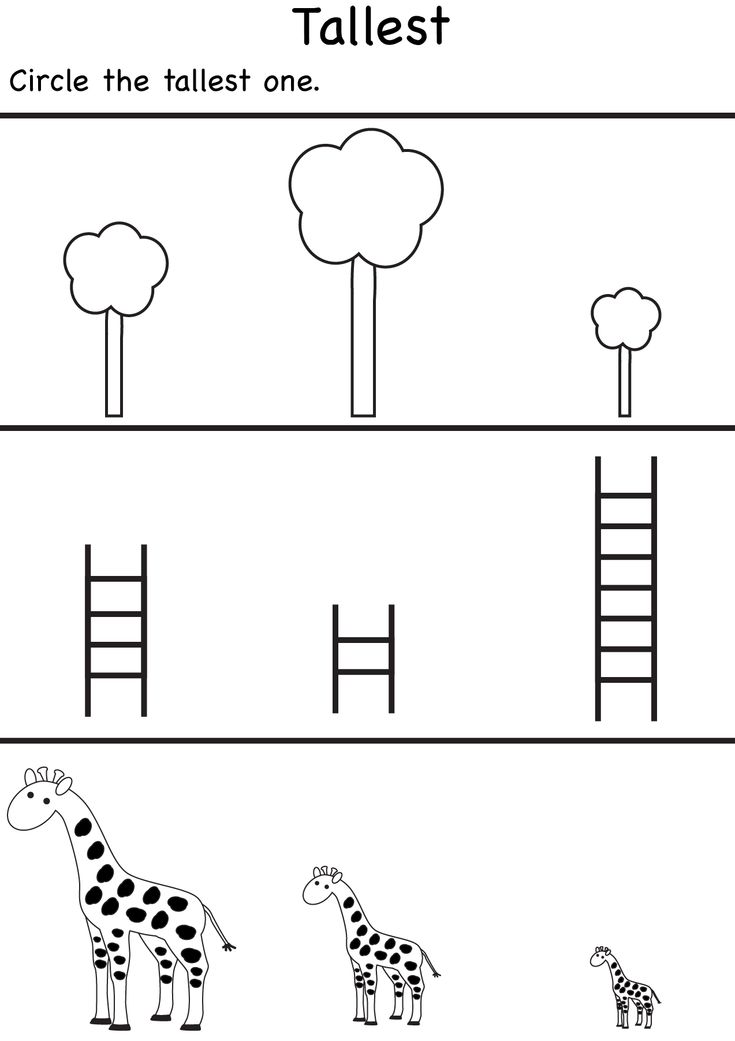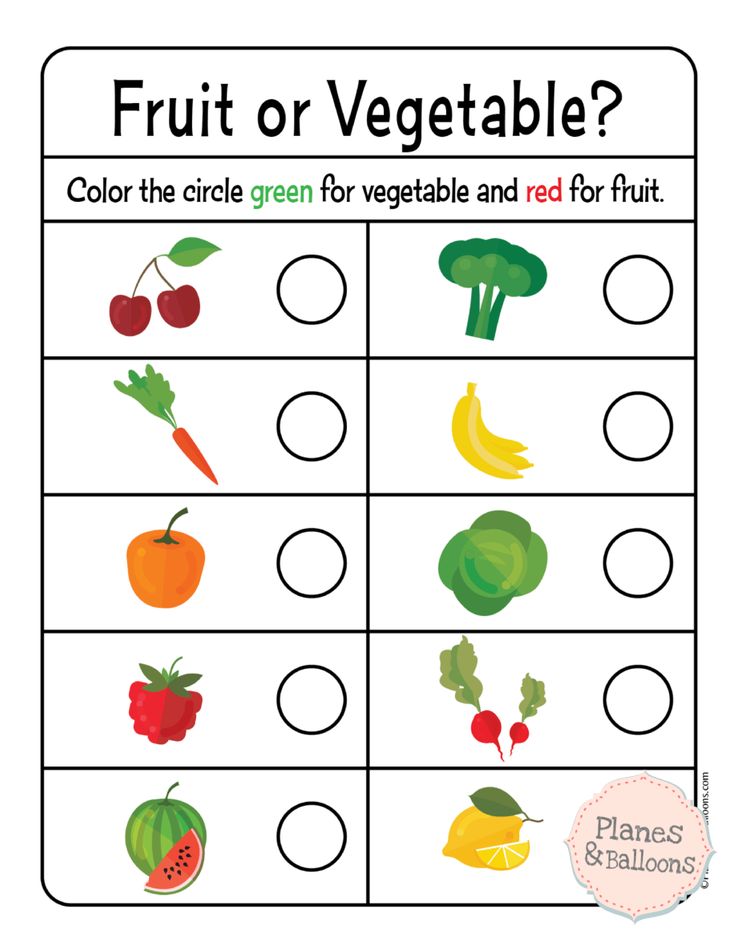Same and different activities for preschoolers
17 Hands-On Matching Activities for Preschoolers
- Share
Matching is a vital skill to teach preschoolers and one that will affect their future ability to read.
Here are some fun, hands-on matching activities for preschoolers. Play them at home or at school.
What is a Matching Activity?
A matching activity is any activity or game that teaches the basic mental skill of matching – or finding something that is the same.
For a child to understand matching, they need to grasp the concepts of same and different.
Something only matches if it is identical or just the same as something else. A picture of an apple can be matched to another picture of an apple, but not to a real apple.
Children are able to start doing simple matching from around 2-and-a-half to 3 years, and they continue to build this skill through the preschool years.
Matching activities can take many forms – from searching for another identical block to make the tower taller, to weeding a vegetable patch and leaving only the lettuce in the soil.
Why is Matching Important for Preschoolers?
Learning to match is important because children must be able to discriminate between same and different before learning some of the more complex cognitive skills, such as finding common relations, grouping (sorting) and ordering (seriation and sequencing).
Matching is also a pre-reading skill. When children are learning to read at a later stage, they need to be able to observe small differences in letters such as b and d, or words like doom and wood.
How Do You Teach Preschoolers to Match?
You can teach preschoolers the concept of matching by using the correct terminology.
For example, ask your children:
- Is this just the same?
- Find me the one that is just the same.
- Show me the one that is different.
- Which one is not the same?
Play games and do activities where you match physical objects. Do not rush into doing matching worksheets as these activities are not as meaningful as physically matching concrete objects.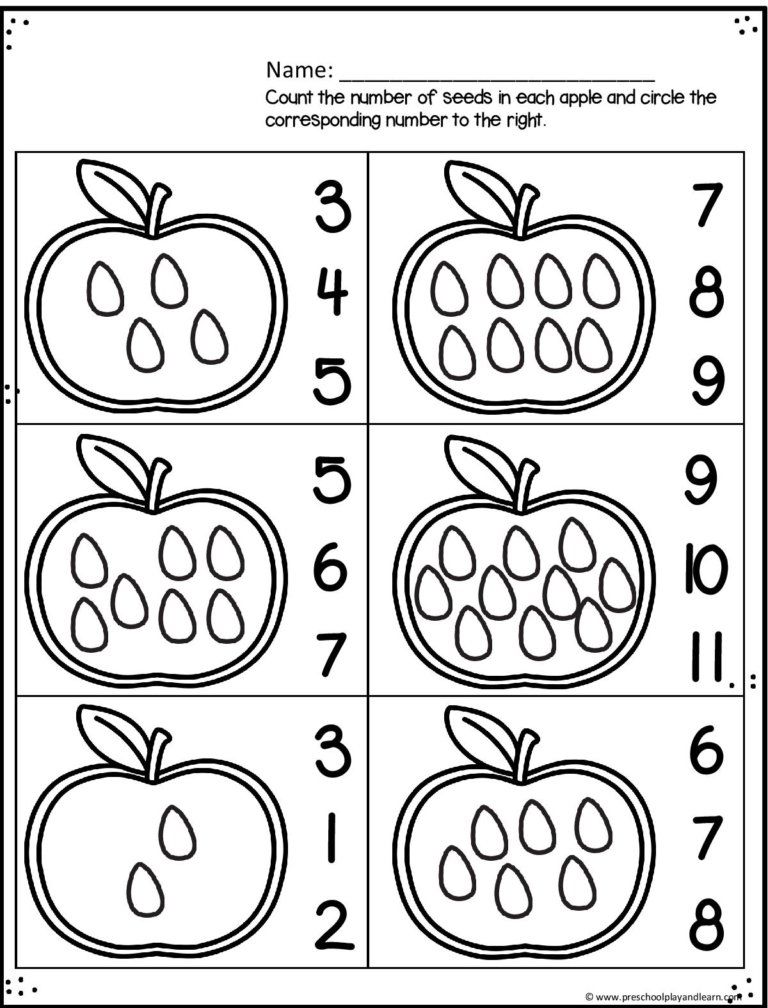
The best learning happens when you engage all the senses. Matching does not always need to be a visual activity – you can also match by sound, taste, smell and feel.
Once your kids have learned to match actual items, introduce matching pictures and use worksheets much later.
Try the activities listed in this article, but don’t miss out on spontaneous, teachable moments that pop up in your day, as we often use matching in our day-to-day life.
17 Matching Activities for Preschoolers and Toddlers
Here are some simple, hands-on matching games and activities to engage all the senses.
1. Matching Socks
Take a few pairs of socks and mix them all up. For toddlers, start with 2 or 3 pairs only.
Get your children to pair up the matching socks. Older kids can do this to a timer, then try to beat their time with another round.
2. Matching Card Games
Matching card games are found in most homes and preschools. They are made up of pairs of matching picture cards.
You can easily make your own by cutting a sheet of cardboard into squares and drawing or pasting matching pictures on them. Then, shuffle the cards and get your kids to match them.
Give toddlers just a few pairs and older preschoolers multiple pairs.
Would you like a set of printable matching memory cards? Download your FREE set of printables at the end of the post!
These cards are also used to play a visual memory game.
3. Colour Match
Use or make little blocks of coloured paper in pairs. These can be covered in clear contact plastic and stored in a bag to use again later. (There are also some colour cards in the memory card game in the FREE set available at the end of the post).
Challenge children to match the colours. Start toddlers on the primary colours and give preschoolers all 9 basic colours – red, green, blue, brown, yellow, orange, purple, black and white.
4. Match the Action
Stand facing your child or the class. Perform any action – such as putting one hand on your head and stamping your foot – and children must copy the action.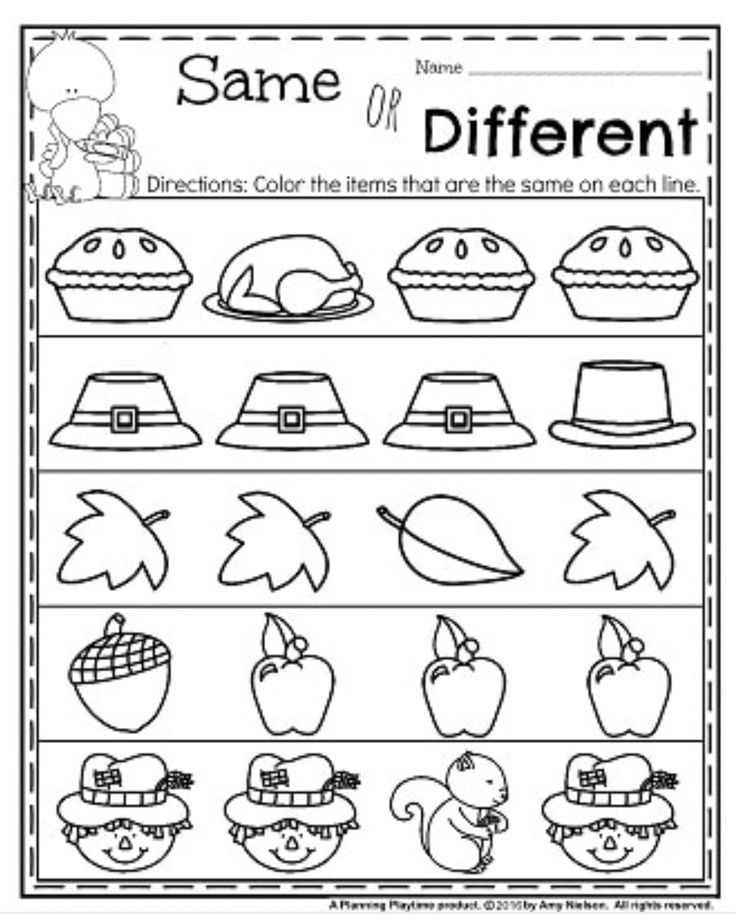
Then, swap roles and follow your child’s actions.
This is an opportunity to teach older children that your left side (arms, legs, etc.) is what they see to their right. This is a complex skill so it is ok if they just copy the action as they see it.
5. Matching Sound Jars
Use identical jars for this activity. They should not be transparent.
Fill the jars with pairs of various materials, such as 2 jars with beans, 2 jars with rice, 2 jars with lentils, etc.
Mix them and get kids to shake them, matching the pairs together.
6. Match the Pattern
Make a simple pattern with blocks. For younger children, this could be 3 blocks in a row, for older children a more complex pattern such as 2 blue blocks, 1 red block, and 2 green blocks.
They must replicate the pattern.
7. Clapping Patterns
For this hand-clapping game, you clap a simple pattern and your children must clap it back to you.
Alternate between less and more claps, long claps and quick claps in succession.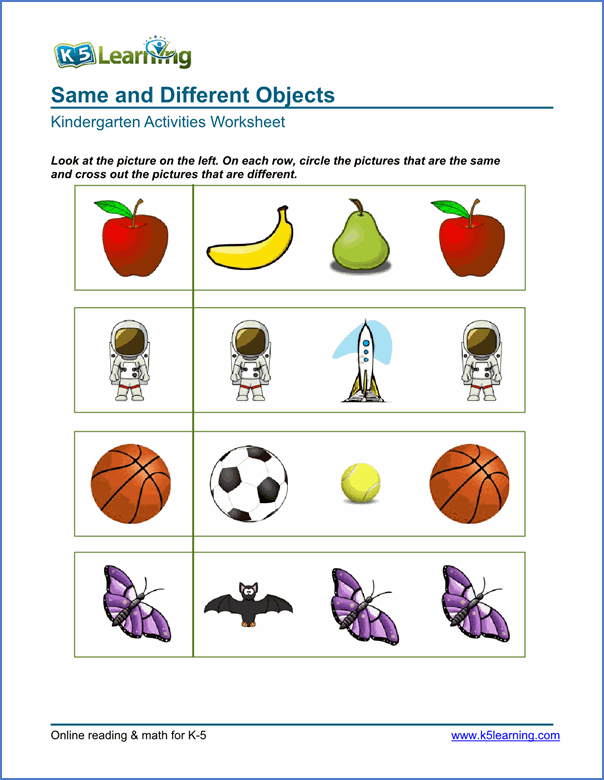
8. Weeding
Next time you are doing some gardening, get your children to help you weed the vegetable patch. They must take out anything that doesn’t look like the lettuce or whatever you have planted.
9. Pack Away
At tidy-up time, instead of throwing all the blocks into a container, sort them and put all the blocks that are identical together.
Place all blue cubes in a row on the shelf, then all the red cubes, then the green cylinders, etc.
Children actually prefer using similar blocks during construction play and they will enjoy having the different types of blocks neatly visible.
10. Sticky Partners
Use a set of stickers that have multiples of the same sticker. Take one of each kind and stick it to a cupboard door or wall.
Children must stick the matching stickers over the ones you have placed on the door.
11. Find Your Partner
This is best played in a classroom or when you have multiple children.
Place a sticker on each child’s hand.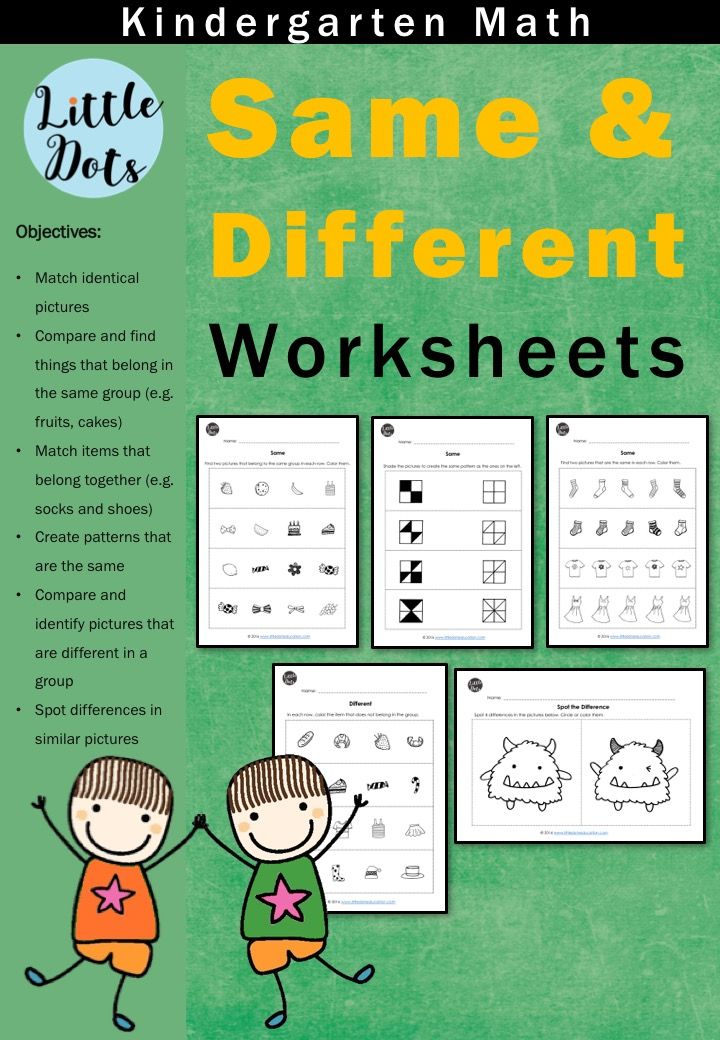 They must move around the class, finding the person who has a matching sticker on their hand.
They must move around the class, finding the person who has a matching sticker on their hand.
As the pairs find each other, they must sit down together so the remaining pairs can find each other.
12. Box Match
Print some pairs of pictures or draw some basic pictures and paste one of each onto a small box.
Children can drop the pictures into boxes that show the matching picture.
13. Touch and Feel Bag
In a bag that you can’t see through, place a few pairs of matching items, such as 2 socks, 2 pencils and 2 oranges.
Kids reach into the box and feel for the pairs and take them out, one pair at a time.
14. Choices
This is similar to the previous game but in this version, place one item in the bag (such as an orange) and show your kids three items (an orange, a banana and a pear).
They must choose which fruit matches the one they can feel in their bag.
15. Matching Smells
This is great to try with toiletries. Give your kids 2 or 3 pairs of items that smell and get them to match the ones that smell the same.
Give your kids 2 or 3 pairs of items that smell and get them to match the ones that smell the same.
Try using different-smelling soap bars that look the same, or pour two different types of shower gels into small containers (2 of each kind).
16. Matching Tastes
For this activity, offer children small pieces of different varieties of apples, or even citrus fruits that look the same, and ask them to match the ones that taste the same.
17. Matching Veggies
For this activity, provide small cut-up pieces of vegetables that have the same colour, such as white veggies (turnips, potatoes, onions) or orange veggies (butternut squash, pumpkin, carrots).
Children must match the vegetables that are the same by looking carefully at the textures and variations in colour.
I hope you’ll enjoy trying out these simple preschool matching activities!
This post contains affiliate links for educational products that I personally recommend. If you purchase through one of them, I earn a commission at no extra cost to you.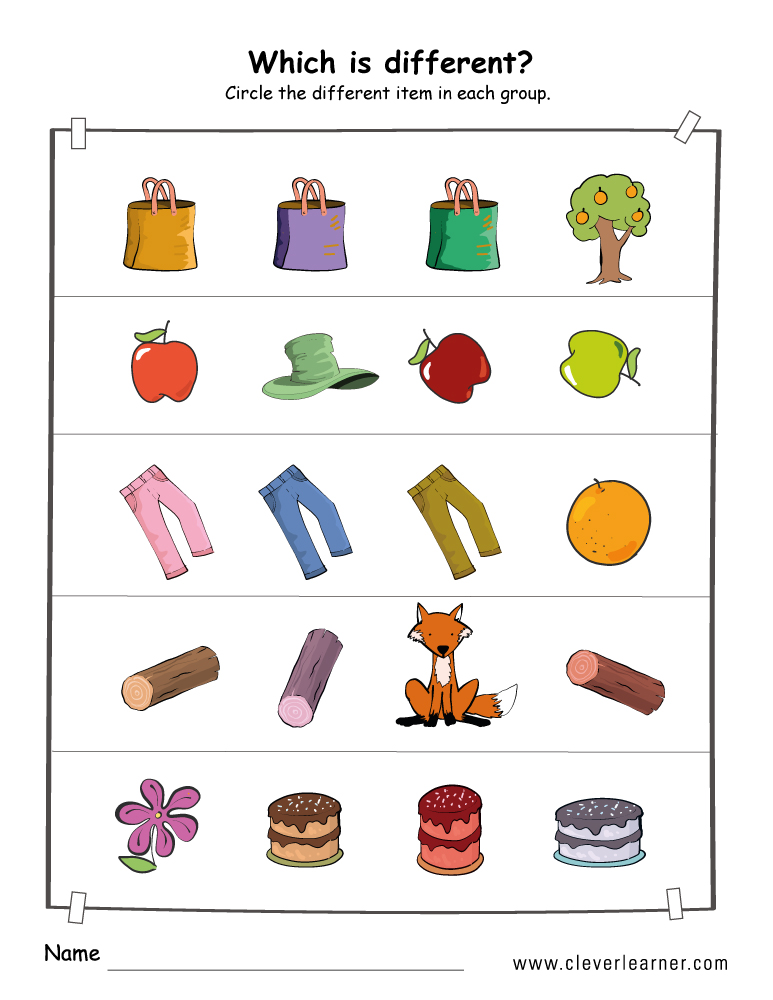 Read the terms and conditions for more details.
Read the terms and conditions for more details.
Sources:
“Total Learning: Developmental Curriculum for the Young Child”, written by Joanne Hendrick.
“The Toddler’s Busy Book”, written by Trish Kuffner.
Get FREE access to Printable Puzzles, Stories, Activity Packs and more!
Join Empowered Parents + and you’ll receive a downloadable set of printable puzzles, games and short stories, as well as the Learning Through Play Activity Pack which includes an entire year of activities for 3 to 6-year-olds.
Access is free forever.
Signing up for a free Grow account is fast and easy and will allow you to bookmark articles to read later, on this website as well as many websites worldwide that use Grow.
- Share
Same and Different Sorting Activities
This post may contain affiliate links. Please read our disclosure here.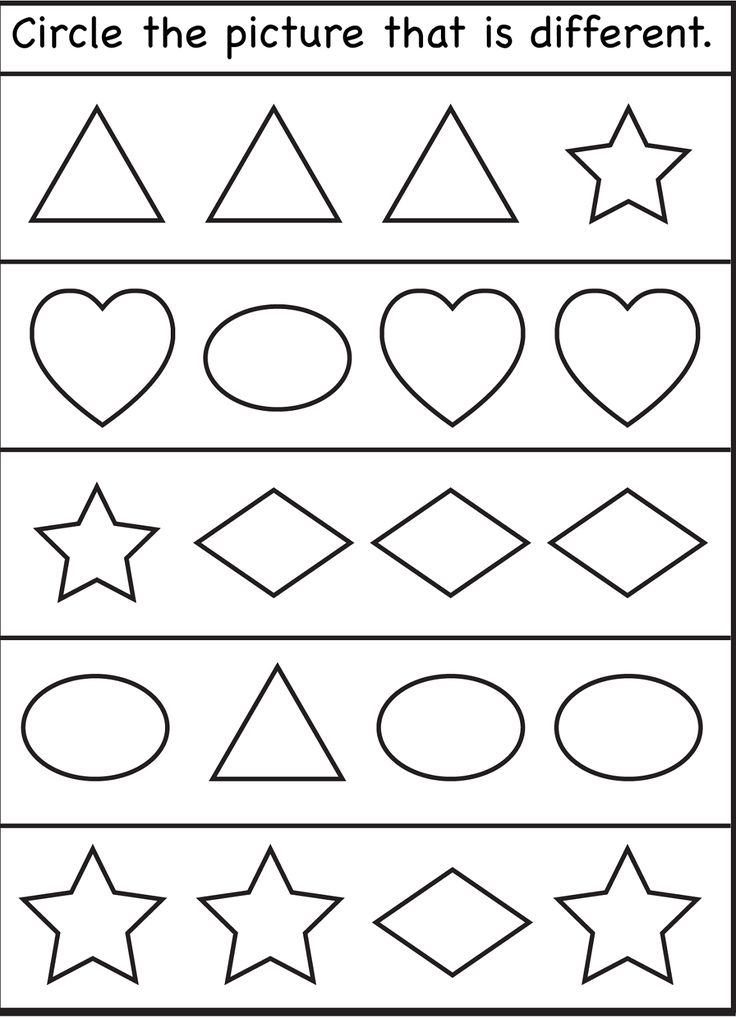
Sorting is one of the first units covered in many early childhood classrooms. It is an essential skill for little ones to understand before many other math skills are developed. Little learners need to know what makes objects the same and different in order to understand the concept of sorting.
Same and Different
This may seem like basic knowledge, however, there are many children that learn this skill through everyday activities. When your students learn the vocabulary and concept of looking for attributes, they understand the goal of the lesson.
Storytelling
When you start every math concept with a storytelling lesson, you help learners understand how a particular concept can be used in everyday life. Covering a math standard in a relevant and engaging way? Yes, please!
For this storytelling activity, we sort socks. Yep, socks! It is easy to get this story going because it is a real issue in our house. Bring in a pile of socks and tell you learners that the socks are missing their match! Have your learners work with you to find out how to match socks, as well as how to look for similarities and differences.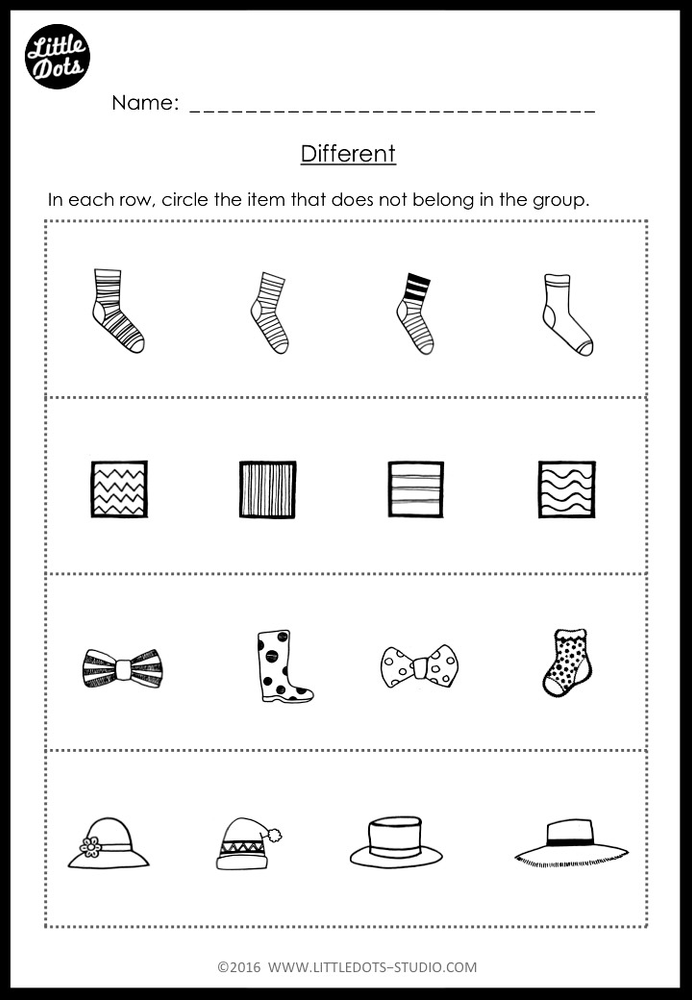
Math Read Aloud
After the storytelling lesson, it is time to get learners engaged with a book. A Pair of Socks is the perfect book for this lesson. Read the book and review the words ‘same’ and ‘different’. This is also a great time to introduce the vocabulary cards and post them on the math word wall.
Pencil Pairs
Now it is time to get the learners engaged with a fun activity in order to practice this skill. In the game, ‘Pencil Pairs’, each learner is given a pencil. Next, they walk around the room to find the pencil that matches theirs. To extend the activity, they find a pencil that has only one thing that is the same.
Math Notebook
A Math Notebook is a great way to reduce the amount of papers used in your classroom. It also allows learners to review these concepts throughout the year.
Learners CREATE their own pencils that are the same and different with this interactive math notebook page. Simply color and glue to the math notebook.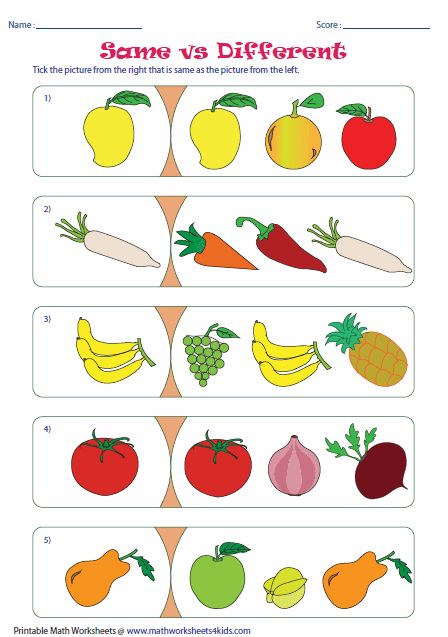
Visual Discrimination Math Center
Learners continue to practice this skill in their math center by matching the pictures cards. With the help of a pocket chart, as a game of concentration or just matching on a table. Learners can complete the printable as an assessment or turn it in after math stations.
Find the Difference Math Center
One way for learners to practice finding the difference is with this simple, yet engaging center. Have learners place a manipulative on the picture that is different…super simple! Your learners can complete a printable activity as well!
If you are planning a sorting unit for your classroom, be sure to check out my Sorting By Attributes unit and grab all of the resources in this post. Find more information for other sorting lessons in my Sorting Series and grab the FREEBIE included.
Same-Different | Outline of a lesson in remedial pedagogy (preparatory group):
Summary of an individual complex lesson with a child of senior preschool age with intellectual disabilities
Same - different
Topic: "Same - different.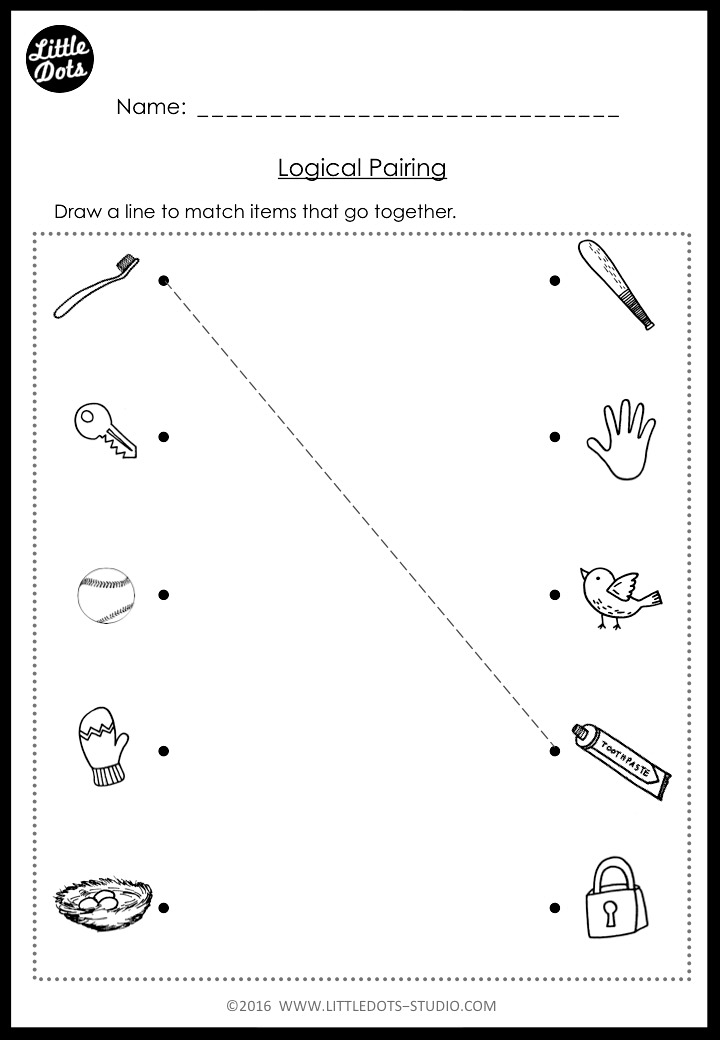 "
"
Tasks:
1. Teach your child to compare different objects by size, using the words "the same", "different". Teach your child to classify objects based on their size.
2. Exercise in comparing objects, in finding similarities and differences; consolidation of new words: the same and different.
3. Enrich the child's vocabulary: introduce new concepts, answer the question with a sentence.
4. Develop fine motor skills of fingers, tactile perception, figurative memory, thinking.
Equipment: a set of felt-tip pens, a sheet with tasks, paired toys differ in size, color, shape, toys - chanterelles and bunnies, 3 pieces of each type, "Magic chest".
Course of the lesson:
1. Articulation gymnastics: (to strengthen the muscles of the cheeks)
“Inflate two balloons”. Inflate your cheeks and hold air in them.
"Slender Vanya". Draw in the cheeks with closed lips and with the mouth ajar.
2. Finger game:
A fox in a thick forest has a hole a reliable home
Snowstorms are not terrible in winter - a squirrel in a hollow on a spruce
Under the bushes the prickly hedgehog gathers leaves in a pile
From branches, stones, bark of a hut beavers do.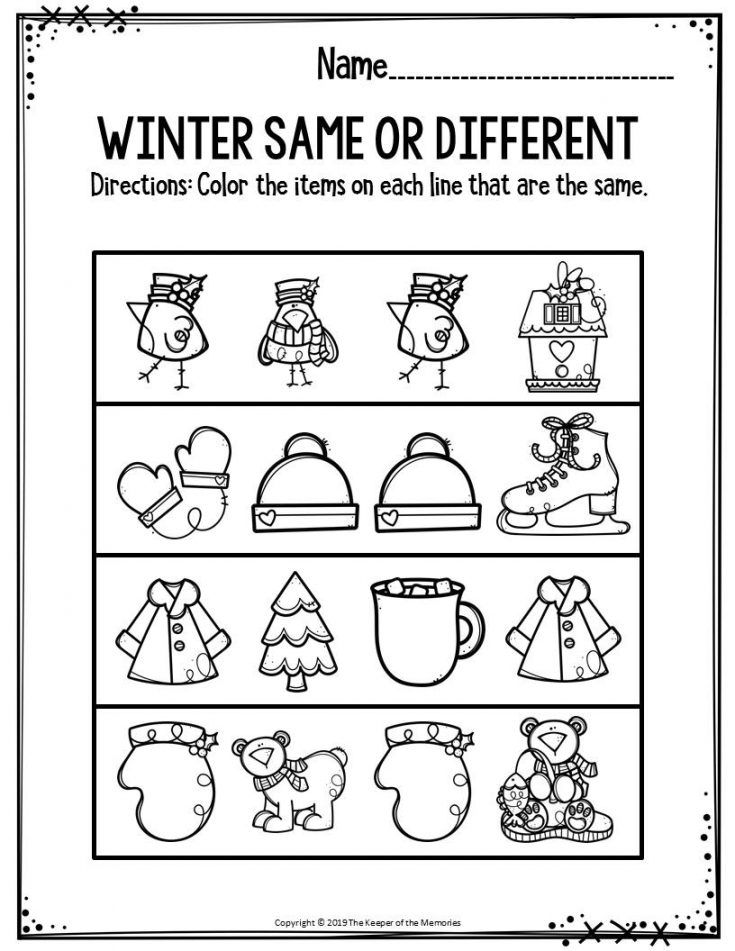
A clubfoot sleeps in a den, until spring he sucks his paw. (Children bend fingers on both hands: one finger for each couplet).
3. Task: "Draw."
The child is given a sheet with pictures of houses.
Task: color the houses so that they all become the same»
4. Didactic game: «Magic chest».
An object (toy) is placed on the table in front of the child. Further, it is proposed to get the same object from the chest by touch as it stands on the table in front of him.
- What can you say about these toys? (same - different).
- And if you look at the size, what can you say about them?
- And if we look closely at the color?
5. Assignment: color pairs of identical objects in red, different - in blue.
The child is offered a worksheet with tasks, where he independently performs it in accordance with the instructions. The teacher helps with leading questions in case of difficulty.
6.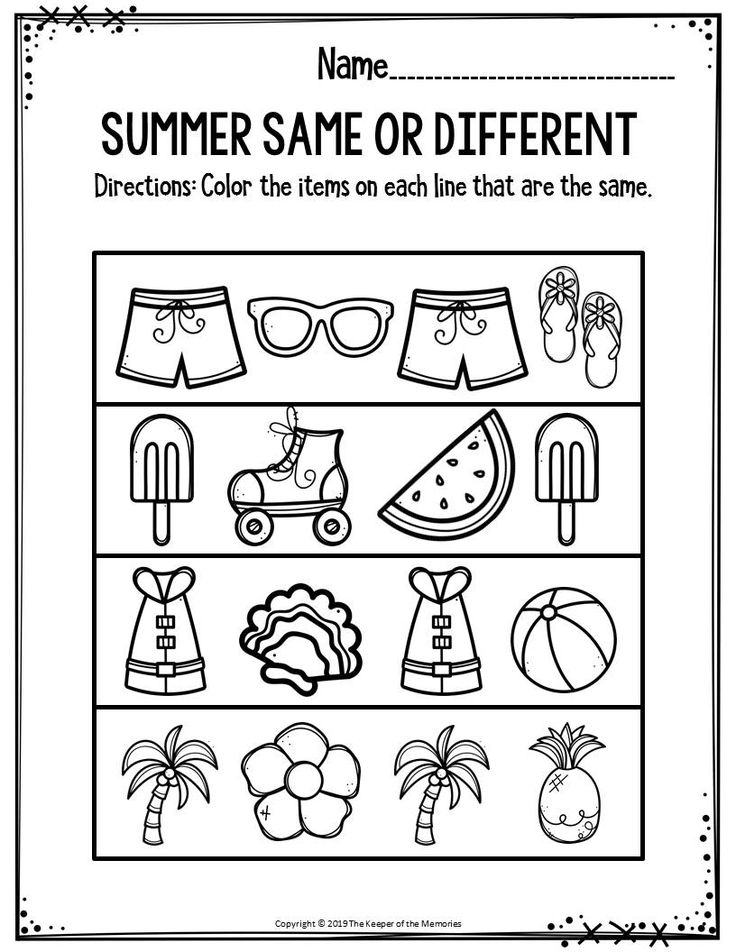 Math:
Math:
Chanterelles and bunnies came to visit us. Count how many there are? (3). And the bunnies? How many? (2). What animals are more? And which ones are less? How to make them the same? (help the child complete the task in two ways).
A) remove 1 chanterelle. How many foxes are left? (2). And then what can we say about chanterelles and bunnies? (same)
B) add 1 bunny. How many bunnies were there? (3). And what can we say about bunnies and chanterelles now? (same).
C) And if we leave it as it is, then what can we say about hares and chanterelles? Are they different numbers or the same? (miscellaneous).
7. Task: Color the same objects in the same color.
8.Total:
- What did we do in class today?
- What did you like more?
- What can you say about circles and stars? Are they the same color or different? (different). What about polygons? (they are the same color).
Summary of the lesson "We are so different"
Purpose : To form the ability to distinguish other children according to their appearance, behavior, habits.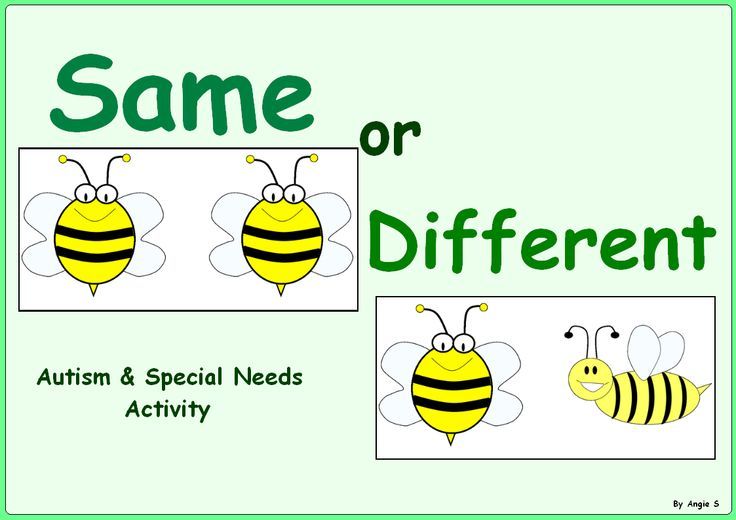 To form the ability to correlate objects of activity with the age of the child. Fix the words in the speech: a baby, a child who goes to kindergarten, a schoolboy. To form the ability to use the elements of speech-evidence. Develop auditory attention, observation. Cultivate the ability to be attentive to each other.
To form the ability to correlate objects of activity with the age of the child. Fix the words in the speech: a baby, a child who goes to kindergarten, a schoolboy. To form the ability to use the elements of speech-evidence. Develop auditory attention, observation. Cultivate the ability to be attentive to each other.
Material: ball, radio, monkey toy; cards with the image of a baby, a preschooler, a schoolchild; smaller cards with the image of a bottle with a nipple, sliders, rattles, a ball, cars, cubes, a ruler, a briefcase, a pencil case.
NOD stroke
There is a knock from behind the door.
Educator : Oh, someone came to us. (A monkey appears.)
Monkey (teacher plays with her holding a toy): Hello guys! (children greet). How many of you are here! You must have a lot of fun and interesting in the garden! I also want to go to your kindergarten and play with you! Will you take me with you? (Yes).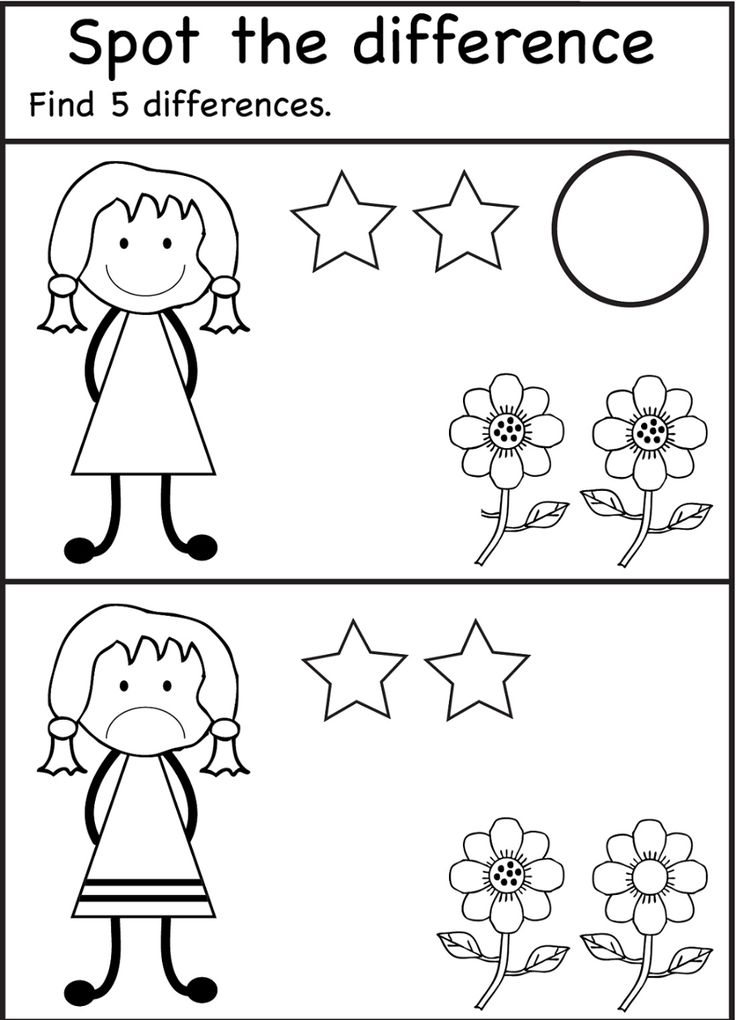 Now let's get to know each other. My name is Grisha. And you?
Now let's get to know each other. My name is Grisha. And you?
Teacher : Guys, quickly stand in a circle. Pass the ball to each other and say your name.
Grisha after meeting: Oh, how many different names, different faces! No, guys, I won't remember all of you! It would be nice if you were all the same: with the same names, voices, faces: Then it would be easier for me to remember you!
Educator : But in our kindergarten all the children are different and we don't want everyone to be alike, like two peas in a pod! Why guys? Tell Grisha what would happen if all children were the same? (Parents and educators would not distinguish between us, and mother could not take away her child; Elena Alexandrovna would call one child, but everyone would come; it would not be interesting to play with each other
Grisha: All right, you convinced me.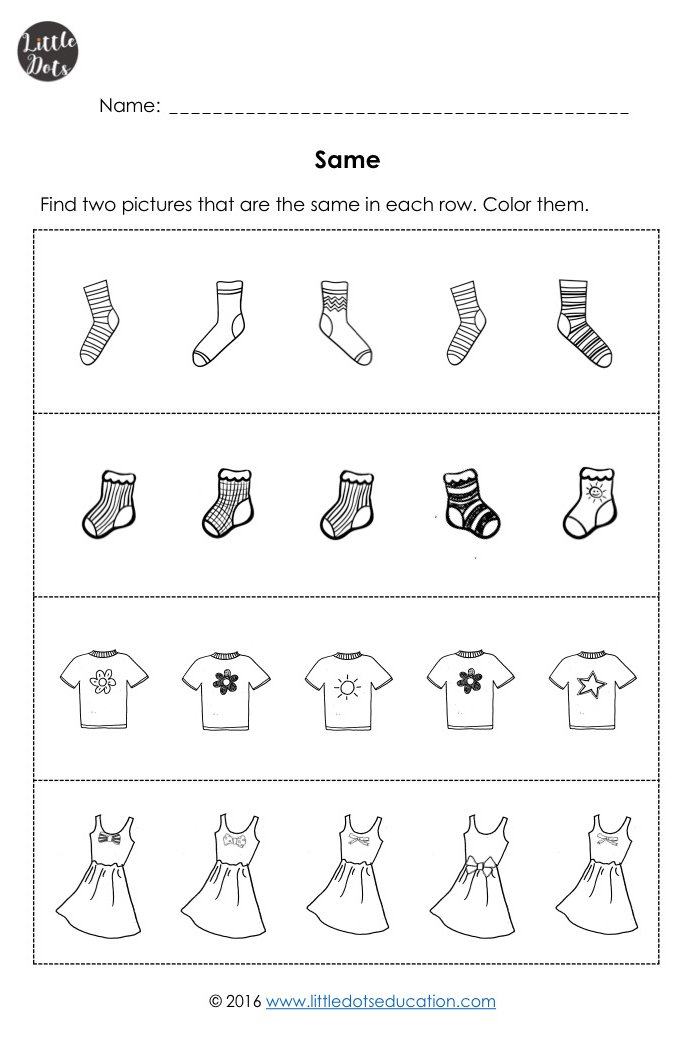 Then I will try to remember you, and you will help me with this and at the same time check yourself how well you know each other.
Then I will try to remember you, and you will help me with this and at the same time check yourself how well you know each other.
Educator : Guys, stand so that I can see you well, and you, Grisha, stand next to me. Let's play the radio game. For example, Attention! Attention! Lost girl! She is wearing a blue dress, white socks, sports slippers on her feet; loves semolina, always eats it quickly; loves the game "Mosaic". (Children call the name of the girl. The game continues until the last child is "found").
Grisha: What good fellows you are! Never made a mistake!
Educator: Now, Grisha, do you understand how good it is when everyone is different: names, habits, and hairstyles? Life around becomes much more interesting! Grisha, do you know that children are big and small and they need different objects and toys. Let's go and see! (Children come to the basket with cards, sit on the chairs).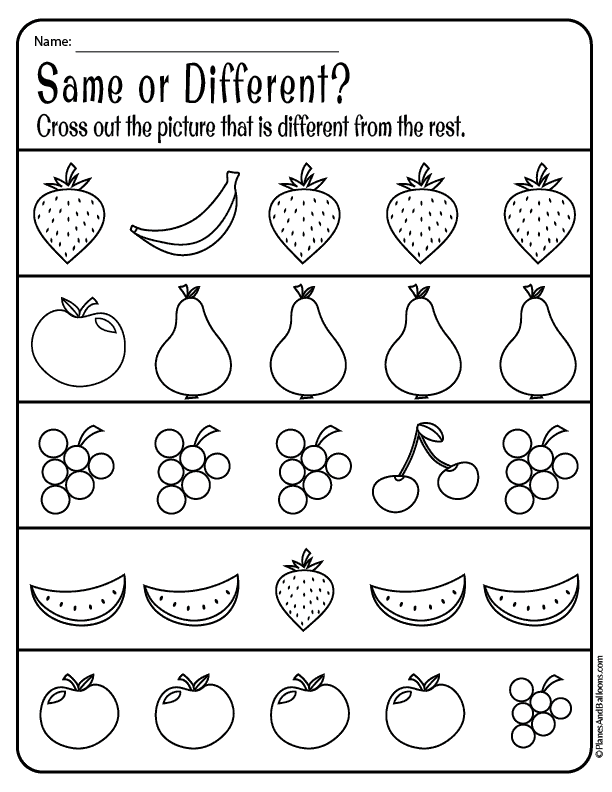
Educator: We have a lot of different pictures in the basket, take a look. This card shows a baby, a child who was born very recently. And this is a child who goes to kindergarten; he is older than a baby. And this is a student. But the cards are smaller, they depict different objects and toys. Now let's play the game "Who needs what." You must put your card to the desired picture (children enclose and argue).
You see, Grisha, how the children coped with the game! Well done!
Grisha : Well, can you distinguish each other by voice? After all, you are all different and you have different voices.
Educator : We'll see! Let's play the game "Guess who called". Get in a circle. (With the words "We drive, we dance! Guess who is calling!" children play).
Educator : You see, Grisha, it is interesting for us to play and study together.